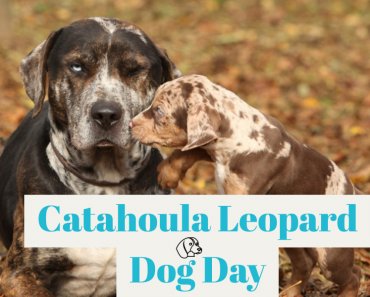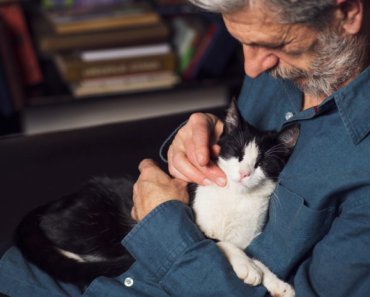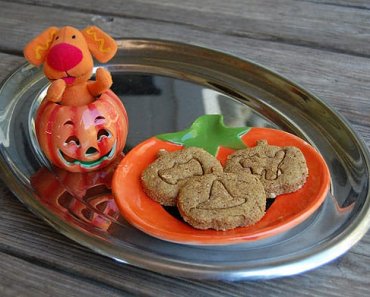Hair loss in dogs and cats has many potential causes. Getting a definitive diagnosis from your veterinarian is the first step to solving the problem.
Hair loss is a common problem in dogs and cats. Diagnosing the cause can be complicated, since most skin conditions, including those leading to hair loss, are outward symptoms of a more complex disease process. Hair loss can be broken down into several general categories that take not just the specific problem area into consideration, but the health of the whole animal. This can be huge when getting to the root of the issue. These broad categories include genetic hair loss, endocrine and hormonal disorders, parasites, infections of the hair and skin, and emotional and environmental effects.
Genetic hair loss
Some breeds have genetic tendencies toward hair loss. One example is color-dilution alopecia. This condition occurs when animals are bred for a specific coat color, as in the case of “blue” Dobermans or “fawn” Irish setters. The resulting hair coat can have a poor, patchy appearance.
Another extreme example is complete hair loss from birth. This is a very rare condition also considered to be a congenital and hereditary disorder.
Endocrine and hormonal disorders
Endocrine and hormonal disorders can occur in animals of any age, although we most often think of them as occurring in middle-aged to older dogs and cats. A few of the more common conditions include diabetes, thyroid disorders, and Cushing’s disease (Hyperadrenocorticism). Cushing’s has been called the “great pretender” because of the many forms this disease process can take. These conditions can all cause hair loss and other abnormalities.
Parasites
When we think of parasites, the first ones that come to mind are those we can easily see, such as fleas and ticks. However, both external and internal parasites can affect the body and cause skin issues and generalized hair loss.
- Fleas like to hide around the rear end of the animal, which means a lot of the hair loss will occur at the base of the tail. In some cases, a flea comb may be necessary to confirm the presence of fleas, especially in cats.
- With ticks, you need to check your animal over very carefully. These pests are masters at hiding in locations that are hard to reach and often overlooked, such as the ears and ear canals, and between the toes.
- As for mites, such as the ones that cause mange, your veterinarian will often perform a skin scrape to aid in diagnosis. These mites are microscopic and live and feed off of a dog’s hair, manifesting as the classic “mangy” appearance. There are two main types of mange in dogs: Sarcoptic and Demadex. It is important to differentiate between the two as Sarcoptic mange can be contagious to other dogs as well as humans, while Demadex is considered non-contagious and commonly seen in puppies, although it can show up in adult dogs with immune issues.
- Internal parasites can affect the skin and hair as well. Hookworms (Ancylostoma caninum), for example, are one of the most common internal parasites in animals, especially puppies. The skin can be affected with raised bumps, redness, heat, and hair loss. Other internal parasites, such as roundworms, tapeworms, and whipworms, can prevent proper nutrient absorption, which can in turn cause an unhealthy-looking coat and skin.
 Infections of the hair and skin
Infections of the hair and skin
The microbial flora of healthy skin includes normal levels of bacteria, yeast, and fungus. Species of Staph, Strep, and yeasts are common findings; problems arise when there is an overgrowth of one or more of the microbes that comprise normal flora, creating a pathologic infection.
Most skin infections are secondary to underlying conditions. A weakened immune system more readily allows for bacterial overgrowth and pathologic problems. Generally, hair loss will occur with these infections, and the skin will also look unhealthy and may present as red and irritated.
Yeast infections can lead to hair that is greasy to the touch, while the skin can look a lot like thickened elephant skin. The odor resembles that of sour baking bread. Of the fungal infections, ringworm is probably the most common. Your vet can perform a special fungal culture to diagnose this problem. Ringworm often manifests as circular lesions. Cats are especially prone to this condition, which can be passed to humans as well.
Emotional and environmental effects
Your dog or cat’s emotional well-being is important to his overall health as well as his happiness. An environment full of love and positive energy will help keep him balanced and thriving. In contrast, a negative environment filled with fear, anger, and negativity can lead to chronic stress, which if left unchecked could weaken the immune system and predispose the animals to disease, and a chronic, unthrifty appearance that includes hair loss.
Environmental concerns are also very important, yet are often overlooked when trying to get to the root cause of the hair loss. Many common household items, such as cleaners, detergents, and room fresheners contain harsh chemicals, synthetic compounds, and perfumes that can cause issues with a dog or cat’s overall health. One of the most common ways for this to show up is in the form of hair and skin issues.
 Treating hair loss — an integrative approach is often needed
Treating hair loss — an integrative approach is often needed
Because there are so many potential causes of hair loss in dogs and cats, the first step is to get a definitive diagnosis from your veterinarian. There are many treatment options, depending on the cause. Some can be used on their own, but a combination of treatments and techniques is often needed to produce the best results. In some cases, especially severe ones, an integrative approach may be necessary to quickly bring the disorder under control using conventional treatments, while using holistic modalities are implemented for long-term control. Conventional treatments can include antibiotics, antihistamines, topical sprays, or medicated shampoos, and in the most severe cases, a short course of corticosteroids.
Holistic treatments include modalities such as food therapy, probiotics, Chinese and Western herbal therapy, acupuncture, homeopathy, veterinary chiropractic, laser therapy, all-natural topical therapies, shampoos, and supplements, and aromatherapy (essential oils).
A good quality species-specific diet is paramount for optimal health, including of the coat and skin. As well, a high quality probiotic offers many benefits, including the improvement of skin and coat health. Emotional and environmental factors should also be included in the treatment plan.
Preventing hair loss means maintaining good health
Preventing hair loss and skin problems involves keeping the dog or cat in optimal health with a good diet, as already mentioned, along with probiotics and other supplements where needed. Provide a safe and loving environment, both physically and emotionally; reduce or eliminate chemicals within the environment and on the animal; use all-natural products to care for the his skin and hair; and stay in tune with your dog or cat so you can detect when something is off before it becomes a major issue.
While hair loss in dogs and cats is unsightly and alarming, most causes can be treated successfully when properly diagnosed, or even prevented altogether with a healthy lifestyle that takes the whole animal into consideration.





























